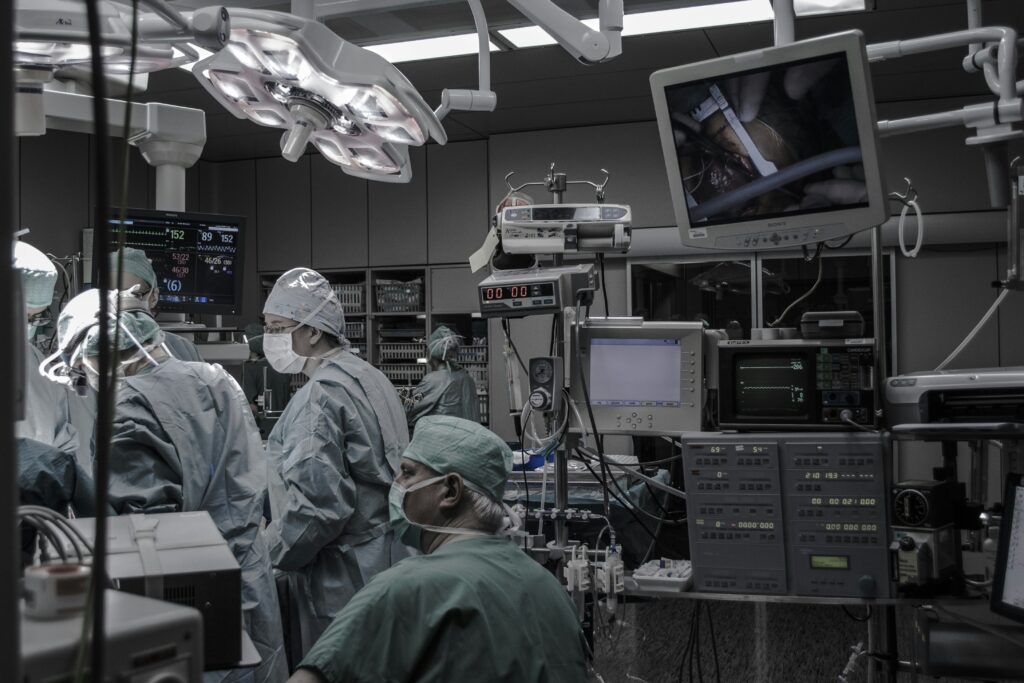Have you ever imagined a world where robots could perform surgery with precision and efficiency that surpasses human capabilities? Well, that world is not as far-fetched as you may think. With the recent advancements in robotic-assisted surgery, this futuristic scenario is quickly becoming a reality.
Robotic-assisted surgery is revolutionizing the healthcare industry by allowing surgeons to perform minimally invasive procedures with enhanced dexterity and accuracy. According to a report by Grand View Research, the global robotic-assisted surgery market is expected to reach $11.4 billion by 2026, driven by factors such as increasing demand for minimally invasive surgeries and advancements in robotic technology.
Dr. Sarah Smith, a leading robotic surgeon, says, “Robotic-assisted surgery offers numerous benefits for both patients and surgeons. The precision and flexibility of the robotic arms enable us to perform complex procedures with minimal incisions, resulting in faster recovery times and reduced risk of complications.”
While robotic-assisted surgery has shown promising results in various specialties such as urology, gynecology, and cardiothoracic surgery, some critics argue that the high cost of robotic systems limits access for smaller healthcare facilities. However, proponents believe that as technology continues to evolve, the cost of robotic systems will decrease, making them more accessible to a wider range of healthcare providers.
In conclusion, robotic-assisted surgery represents a paradigm shift in healthcare delivery, offering new possibilities for improved patient outcomes and enhanced surgical techniques. As the technology continues to advance, we can expect to see even more transformative developments in the field of robotic surgery in the years to come.



